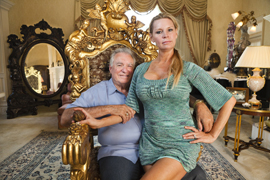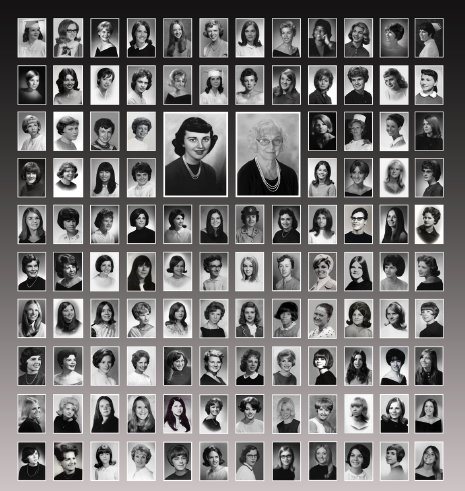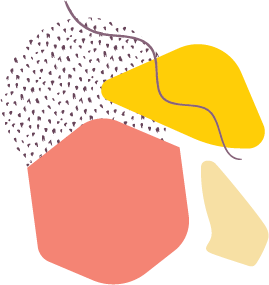With the epic dimensions of a Shakespearean tragedy, The Queen of Versailles follows billionaires Jackie and David’s rags-to-riches story to uncover the innate virtues and flaws of the American dream. We open on the triumphant construction of the biggest house in America, a sprawling, 90,000-square-foot mansion inspired by Versailles. Since a booming time-share business built on the real-estate bubble is financing it, the economic crisis brings progress to a halt and seals the fate of its owners. We witness the impact of this turn of fortune over the next two years in a riveting film fraught with delusion, denial, and self-effacing humor.
Summary info for schedule – will be hidden on film page

The Queen of Versailles
Filmmaker(s)
Filmmaker info pending
Running Time
100 minutes
The Queen of Versailles
Filmmaker Notes:
The Queen of Versailles is a story about a self-made billionaire family: their larger-than-life plan to build the biggest house in America, and subsequent struggle in the wake of the economic crisis. The film visually documents the American Dream: its values and lifestyles, its relationship to home ownership, and the ways it has encouraged all Americans to reach beyond their economic means. A familiar story writ large, the film is an epic narrative that speaks to anyone who has had to adapt to the economic crisis.The film follows two unique characters, David and Jackie Siegel, whose rags-to-riches success stories set the stage for the ultimate realization of the American Dream. When I first met Jackie in 2007, she and her husband David were triumphantly constructing their new home: a 90,000 sq. ft. palace inspired by both the chateau in Ile-de-France and the Paris Hotel in Las Vegas. After the 2008 crash, the gargantuan home, aptly named Versailles, became a symbolic backdrop for Jackie and David’s personal journey, as they navigated financial setbacks that forced them to put their dream home on the market, and downsize their lifestyle and business. As they fall back down to earth, Jackie and David’s characters develop in unexpected ways as they adapt to the new circumstances with surprisingly relatable humility and candor. The way they respectively handle these challenges shed light on both their characters, their hard-knock origins, and imbue their story with an “everyman” quality that is as unpredictable as their change in fortune. Throughout their journey, their extended coterie of domestic help, family members, and friends from diverse class and ethnic backgrounds, gives their world an “upstairs, downstairs” prism through which we gain insight into other interpretations of the American dream, and the universal ramifications of the financial crisis. I first met Jackie, the title character of The Queen of Versailles, while photographing Donatella Versace for ELLE Magazine. She had been flown to Donatella’s party because she was one of her best customers at the time. I found her refreshingly friendly and candid, with a combination of chutzpah, self-effacing humor, and lack of pretense, qualities that are sometimes obscured by the protective veil of great wealth. Jackie shared with me that she was the mother of seven children who she flew around the country in a private plane on their frequent travels, and that she was building the biggest house in America. She invited me to visit Florida and photograph their family. Little did I know this would be the first shoot of a three-year relationship with the Siegels, and the beginning of a film about their lives.For the last two decades, I have been working on a long-term photographic work about wealth, consumerism, and the international influence of the values of the American Dream. Although I originally went to see Jackie to take still photographs, once I got to know her and her family, it was clear that her story that could only be told through film. In her typically welcoming style, she invited me to stay in their 26,000 square foot “starter” mansion, where I found a household full of warmth and constant activity, amazing characters, a menagerie of animals, and an unusually down-home sensibility where Jackie and David managed to stay true to their humble origins and tastes, while living in an outsized fantasy world of castles, private jets, priceless antiques, and theme-park quality activities for their children.In an age of cultural obsession with the rich, chronicled by reality TV (“Keeping Up with the Kardashians,” “Real Housewives of Beverly Hills”), I wanted to tell a deeper, cinema-verite story of an extraordinarily wealthy family that had the ambitious goal of building the biggest house in America.And then the financial crisis got in the way of the 30-year expansion of the timeshare business that had made David a billionaire, as well as the building of the palace that was his reward. When life started to stray from all of our expectations, I was fortunate that Jackie and David had the courage to stay committed to the project and allow me to document their journey. As two remarkable individuals who had come from rags to riches and weathered many storms, they didn’t fear this one. They understood, on some level, that their journey was a statement about the American Dream and the challenge the crisis posed for that dream. The Queen of Versailles is my second feature-length documentary (THIN was at Sundance in 2006), and my fourth film. But in some ways, it is the first project where the sociological and aesthetic voice of my photography is realized within the medium of film. With intimate access, and an empathetic perspective that was the result of long periods of time spent with the family, The Queen of Versailles combines environmental portraiture in a series of interviews, with cinema-verite “decisive moments.” Although I could never have predicted the turn of fortune that happened in the making of this film, the generosity and candor of the Siegel family in the process allowed me to document a human drama that is also a morality tale with lessons for us all. -Lauren Greenfield




